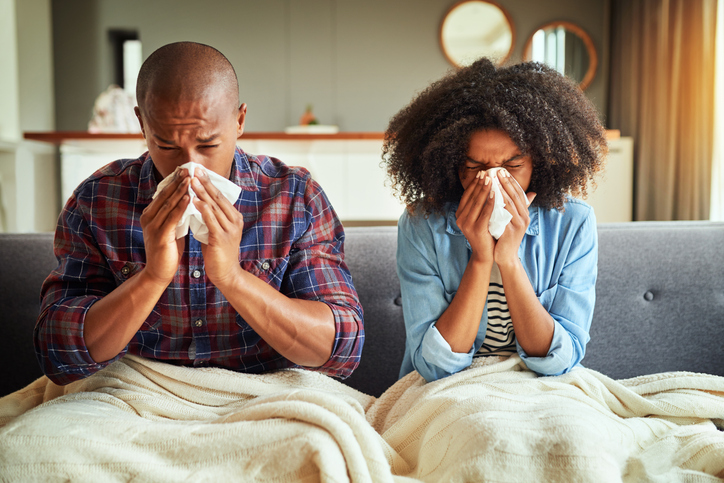By Children’s Health | Contributor
Cold symptoms can be similar to flu symptoms in kids. Learn how to tell the difference between cold and flu.
Parents can expect their kids to get colds every year, especially during the fall and winter months when the risk of flu is also higher. So, how can you tell if your child is having flu symptoms or just has the common cold?
Causes of cold and flu
Both the common cold and flu are caused by a viral infection. The common cold, also referred to as upper respiratory infection or URI, can be caused by many types of viruses, and testing is not typically done to diagnose. Flu is caused by specific influenza viruses and there are several strains that circulate every year. Testing is done in order to diagnose the flu.
Cold vs flu symptoms
The common cold and flu share several symptoms including cough, sore throat and congestion. However, the severity and onset are usually different. With a common cold, the symptoms usually come on gradually with progressively worse cough, runny nose, congestion and/or sneezing. Your child can also have a fever. The symptoms may last 3-10 days.
With flu, the symptoms tend to come on rapidly and your child will look and feel more sick. Children may complain of sore throat, muscle aches, headaches, weakness and feeling tired. There are prominent signs of cough, nasal congestion and a runny nose. They may have a high fever and your child could experience chills. Most kids get better in a few days to 2 weeks. If your child has any trouble breathing, a change in skin color, is not able to drink fluids, has severe vomiting, appears very irritable or their fever returns after a respite period – please see a doctor immediately as these could be signs of a more serious illness. See tips to help determine when your child should go to the emergency room.
Cold vs flu treatment
If your child has a cold, specific medications are not needed. Keep your child well hydrated, have them blow their nose or suction nose for infants and rest as needed. Your child can continue to go to school if they do not have a fever. Cough and cold medications are not routinely recommended for children.
If you think your child has the flu, keep them home from school. Allow them to get plenty of rest and fluids. If your child has a chronic health condition, such as asthma or diabetes, or appears very ill, contact your primary doctor. If flu is detected within the first 48 hours there are medicines which may help shorten the time your child is sick by 1-2 days. Most of the time, your child will improve with fluids and rest. You may give fever/pain reducing medications as needed.
How to prevent cold and flu
To prevent cold and flu, teach kids to wash hands often, cover their nose and mouth when they sneeze, avoid contact with sick people and disinfect surfaces.
The best way to prevent flu is to get the flu vaccine. You should get a flu vaccine every year before flu season starts so your body is prepared (it takes about 2 weeks after the vaccine for your body to develop the antibodies).
Editors’ Note: For more flu prevention tips, see 6 ways to help your family stay healthy during flu season (infographic).


